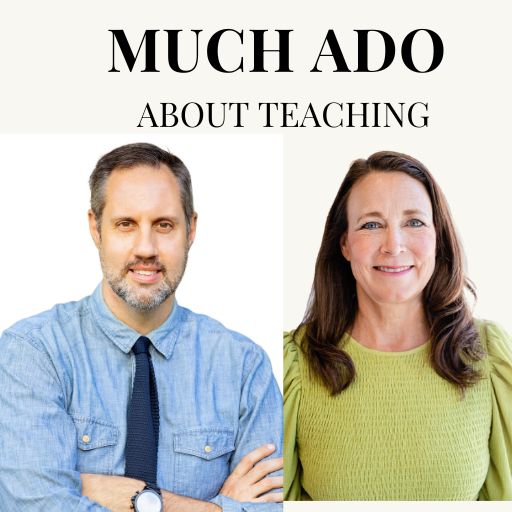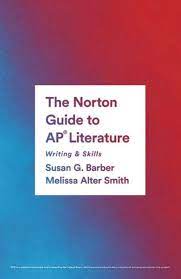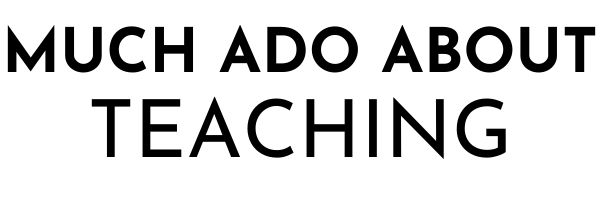Mary Shelley began Frankenstein at the same age of many high school seniors. She was 18, and legend has it, she was a part of a parlor game with Percey Shelley and Lord Byron while vacationing in Geneva. They challenged each other to come up with a ghost story during a summer in they spent much of the time indoors. Cloud cover from the eruption of Mount Tambora in 1815 created a volcanic winter in Switzerland and most of Europe.
Shelley had a nightmare during one dreary night. She wrote in the introduction that she dreamed of what would become Victor Frankenstein, “He sleeps; but he is awakened; he opens his eyes; behold, the horrid thing stands at his bedside, opening his curtains and looking on him with yellow, watery, but speculative eyes.”
Once she awoke, Mary Shelley felt compelled to write more of this story. She told her readers, “I have found it! What terrified me will terrify others; and I need only describe the spectre which had haunted my midnight pillow.”
Perhaps students will take our creative writing prompts with a little more gravitas knowing that it may lead to the next Frankenstein.
Here are seven concepts and approaches that have guided my instruction of the novel.
Enhancing vs Misappropriating
Google list 99,400,000 search results for Frankenstein. IMDB.com returns 388 films that feature the key word “Frankenstein.” Perhaps no other no novel has spawned so many clones in pop culture in so many genres. Exploring the phenomenon that is Frankenstein can lead you down an intense rabbit hole. Instead pick the one or two things that can serve as points of contrast from the novel. This allows for students to debate which manifestations enhance its legacy and which misappropriate it.
I show two scenes from the classic 1931 Boris Karloff Frankenstein. The “it’s alive!” moment of creation and when the creation befriends Maria when I am 3/4 of the way through the novel and my students know the characters and the story well enough to understand the thematic intents and artistic purpose of the novel. These clips become a lesson on misappropriation and a class discussion/debate ensues on the transfer of art from one medium to another. Questions arise such as, “is it misappropriation to incorporate new characters that did not appear in the original work?” and what is gained/lost by altering the intent of scenes?”
Don’t Teach All The Allusions
The creature gains knowledge through observation of human behavior but it also engages in serious bouts of self improvement and understanding by reading some of the great works of literature. You could teach all the references throughout the novel, but that might overwhelm and confuse your students. I focus on the three most important allusions that highlight the big ideas that I want students to understand — suffering, choices, and violations of nature.
Prometheus — This video checks in at just under five minutes and gives enough context for students to understand the novel’s subtitle.
Paradise Lost — I provide the context for Paradise Lost in a mini lesson by explaining that Milton did not so much write Paradise Lost as he did dictate it. He was totally blind at that time in his life, and the thing for which he had passionately fought (a better English government) was in ruins. In many ways, his epic poem was about the loss of Paradise, seeing as how his own aspirations for a brand new government had gone up in smoke. Throughout the epic poem, Milton advocates for freedom and autonomy; there is no such thing as fate or predestination in the world he describes. For Milton, God doesn’t predestine anybody, humans have to choose between right and wrong. When God banishes Adam and Eve out of the Garden of Eden and evil enters the world, it is because they chose to break the rules. After this mini lesson, students can see examine the consequences of each character’s choices with greater sophistication as they debate which paradise is lost.
Rime of the Ancient Mariner — The poem is too long to teach in its entirety in my unit but students do research on the Wikipedia page for the poem so that they see how the poem “explores a violation of nature and the resulting psychological effects on the mariner and on all those who hear him.”
Human vs Humanity
The richest debates in my class come from the question “Who is more human, Victor or his creation?”
Students take this question and run with it. They identify what makes someone human and recognize the biological imperatives. Then the discussion always moves beyond that and explores the social, emotional, and cognitive components of being human. Somehow the debate touches upon what it means to be inhumane, what does it mean to possess humanity, and how that applies to Victor and his creation.
It culminates with a one-page paper in which students must decide who is more human and defend their choice.
The Ethics of Body Transformation
This New York Times article from 2016 is my anticipatory set for the novel. It reports on doctor’s plan to “remove two heads from two bodies, connect the blood vessels of the body of the deceased donor and the recipient head, insert a metal plate to stabilize the new neck, bathe the spinal cord nerve endings in a gluelike substance to aid regrowth and finally sew up the skin.”
While the article provides an overview of the procedure its strength is the way in which it balances the ethical debate of such a procedure. It helps students understand that Victor’s ambitions are not unique and that scientific progress has often come from rejecting the status quo.
Birthing Something Into the World
Shelley’s mother died less than a month after giving birth to her. In the novel, Victor’s mother dies early as a result of coming in contact with a sick Elizabeth.
Two years prior to writing Frankenstein, Shelley gave birth to her first child, a premature baby she did not name. She wrote in her diary that on the eleventh day: “I awoke in the night to give it suck it appeared to be sleeping so quietly that I would not awake it,” and then, in the morning, “Find my baby dead.” Later she wrote that she “Dream that my little baby came to life again; that it had only been cold, and that we rubbed it before the fire, and it lived,” “Awake and find no baby.”
The creature, like her child, is never given a name.
Shelley went into an acute depression after the death of her baby. Victor is haunted by horror, guilt, and depression for bringing something monstrous into the world.
One way to read Frankenstein is to examine it as Jill Lepore of the New Yorker does as “four stories in one: an allegory, a fable, an epistolary novel, and an autobiography, a chaos of literary fertility that left its very young author at pains to explain her ‘hideous progeny.’”













One comment
Brianna
Brian—you know I’ve been following your work for years, and I just wanted to pop back in to say that while I’m not currently teaching in the English classroom, I still enjoy learning from what you share here. In the past 2 years I saw a theater adaptation of Frankenstein and I found myself referencing it while reading through your learning journey in this post. As always, I’m inspired by the pedagogy, the creativity, and the ALIVE (in this case it’s alive!) learning you consistently create for students and colleagues. Wanted to stop by, say hi, and let you know that I love you and Susan’s content here.